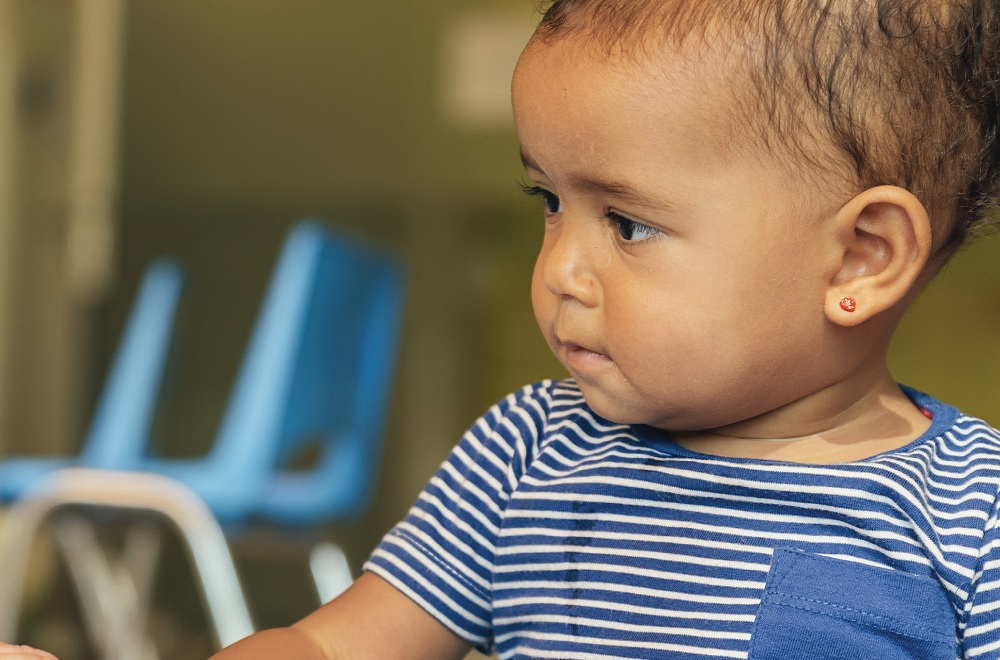Author(s): Urban Institute
Published: Nov. 17, 2021
Report Intro/Brief:
“Public spending on children represents an effort to invest in the nation’s future by supporting children’s healthy development and human potential. To inform policymakers, children’s advocates, and the general public about how public funds are spent on children, this 15th edition of the annual Kids’ Share report provides an updated analysis of federal expenditures on children from 1960 to 2020. This year’s Kids’ Share report also provides a view of public expenditures from the nation’s initial responses to the COVID-19 pandemic. Our projections of federal expenditures on children through 2031 give a sense of how budget priorities were scheduled to unfold based on economic and legislative responses as of May 2021 but do not include legislation that might be enacted by the end of 2021.
A few highlights of the chartbook:
- Federal expenditures per child were significantly higher in 2020 than in 2019 and prior years, reflecting federal relief efforts in response to the pandemic. In 2020, the federal government spent about $7,800 per child younger than age 19. Federal expenditures are projected to surge even higher in 2021, to $10,700 per child, as the federal pandemic response continues, though under the law in place as of May 2021 they are scheduled to fall back to pre-pandemic levels.
- COVID-19 relief bills enacted during the pandemic expanded assistance to children through three rounds of stimulus checks, an increase in the child tax credit (CTC), an education stabilization fund, expanded child care funding, increased nutritional assistance through the Supplemental Nutrition Assistance Program (SNAP), and increased federal funding for Medicaid. Dozens of other children’s programs and tax credits received smaller increases.
- Tax provisions and health programs remain the two largest categories of federal support for children in 2020, accounting for more than three-fifths of all federal expenditures on children. Spending on children through tax provisions is projected to spike dramatically in 2021 as a result of the stimulus checks administered through the tax code and a temporary increase in the CTC.
- Despite increased dollar amounts spent on children in 2020, as a share of federal outlays, the $482 billion invested in children in 2020 fell to 7.4 percent of all federal outlays, down from roughly 9 percent in recent years as overall federal spending swelled in response to the pandemic. The children’s share of the federal budget is projected to further decline slightly to 7.2 percent over the next decade, under laws in place as of May 2021.
- Interest payments on the national debt are projected, under laws in place as of May 2021, to grow as a share of the budget, from 5 percent in 2020 to 12 percent by 2031, reflecting a higher national debt and projected rising interest rates.
- As a share of the economy (GDP), federal outlays for children grew during the pandemic but by significantly less than other budget priorities. Federal spending during the pandemic grew from about 20 percent of GDP to a post–World War II high of 30 percent of GDP, with spending on children growing from around 2 percent to 2.3 percent of GDP.
- Over the next decade, all categories of spending on children as a share of GDP are projected to decline below pre-pandemic levels. Most categories also see declines or remain at similar levels in real dollars.”
>>> CLICK HERE to see all of Youth Today’s REPORT LIBRARY




























